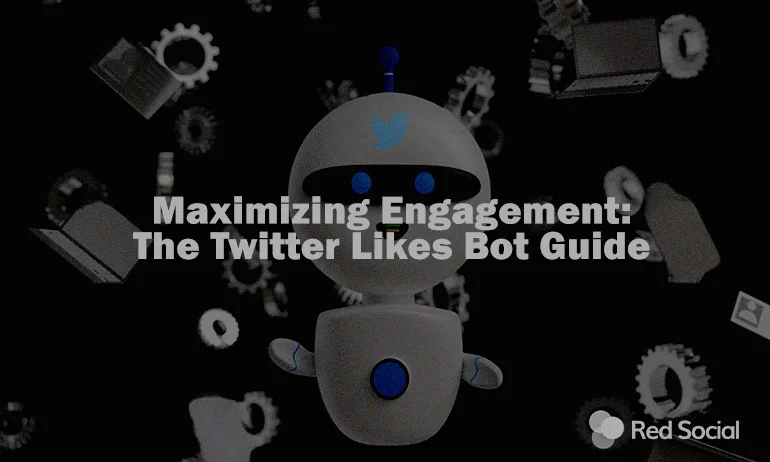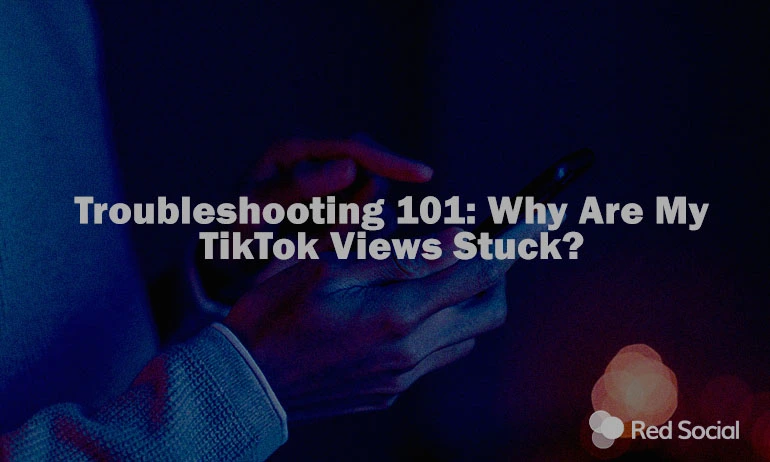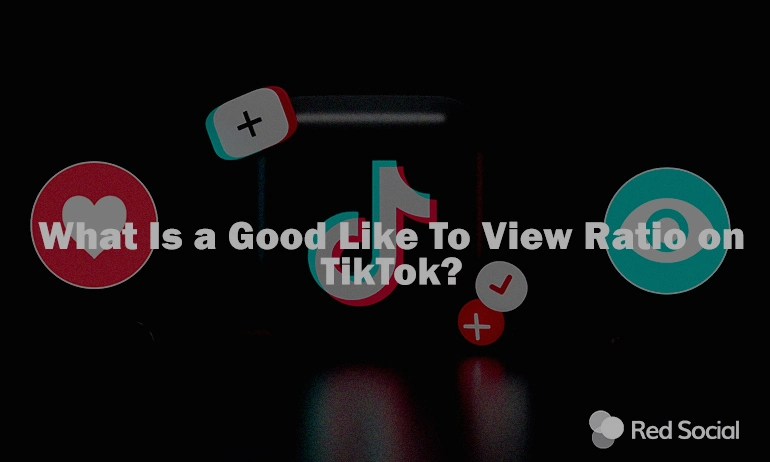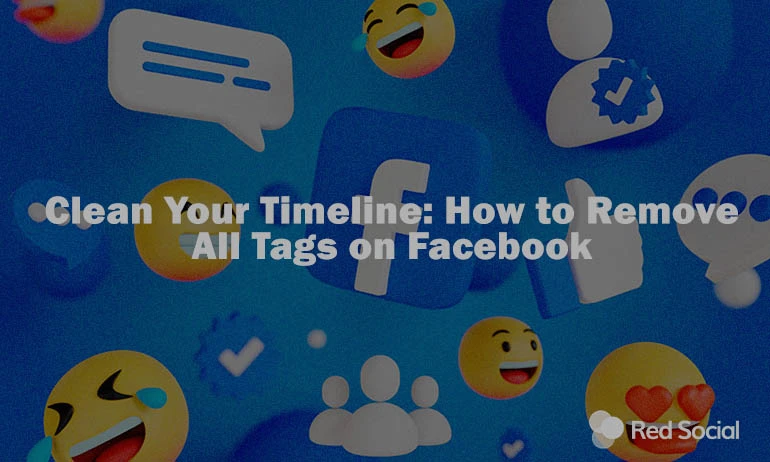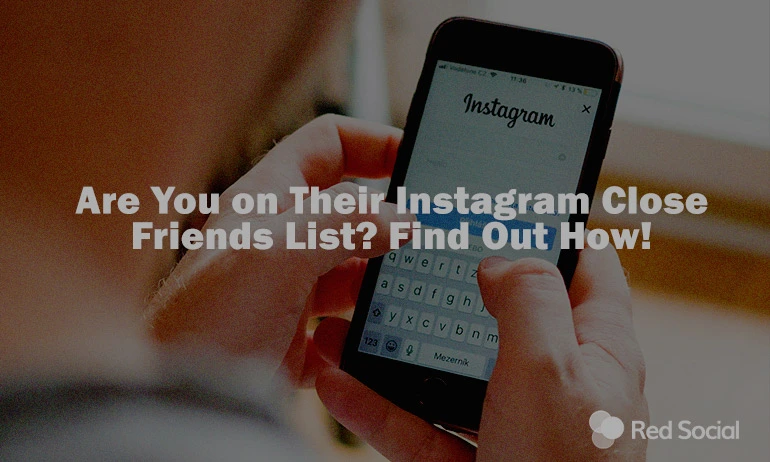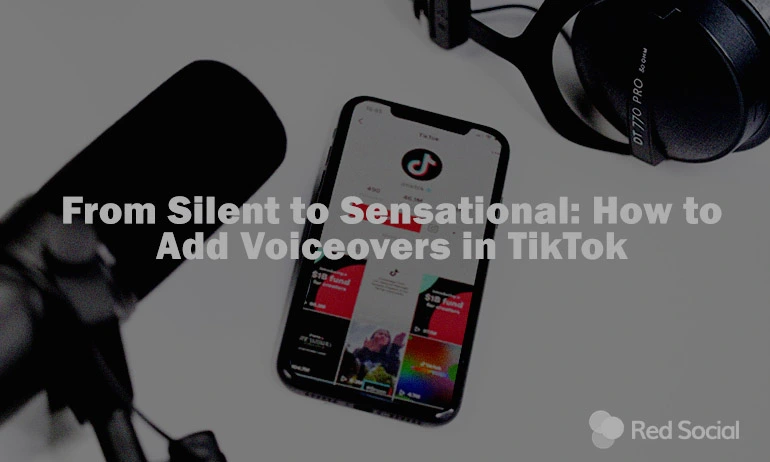Did you know that bots represent less than 5% of Twitter users? Asserted by Twitter itself and backed up by Similarweb, this small percentage plays a significant role in user engagement. Bots automate tasks such as liking, retweeting, following, and messaging, which can significantly enhance a user’s visibility and interaction. Among these, likes bots are particularly effective at boosting reach and influence. This introduction examines how they function, the regulations that apply to their use, and discusses how they can be used effectively and ethically to increase engagement.
What are Bots on Twitter?
A Twitter bot is an automated software that carries out actions like liking tweets, retweeting, following users, and sending direct messages. These tasks are programmed to respond to specific triggers or schedules, allowing them to function autonomously.
There are several types of Twitter bots:
- Auto-follow: Automatically follow accounts based on defined criteria such as keywords or activities.
- Auto-like: Like tweets to increase engagement and visibility.
- Retweet: Automatically retweet content based on hashtags or specified users.
- Direct message: Send automated messages for purposes like customer service or promotions.
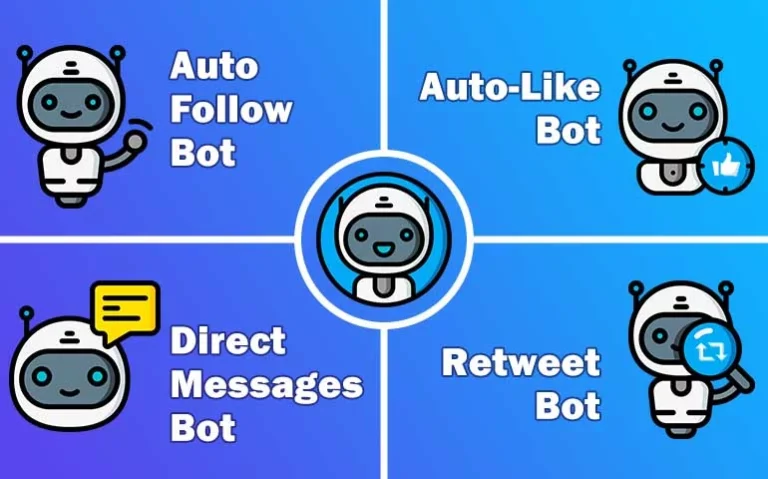
Likes bots are particularly effective at quickly boosting reach. They are valuable for users seeking to expand their influence or promote content efficiently. If you want an all-in-one deal, you can buy Twitter Management Services that boost more engagement metrics than automation systems.
The use of these bots offers benefits for both business and personal accounts. Businesses can automate interactions and promotions, while individuals can enhance their social media presence. However, their impact on genuine engagement is mixed, requiring a balanced approach to automation and human interaction to maintain authenticity.
Twitter’s Policy on Bots
Twitter allows the use of automation under strict guidelines designed to prevent abuse and maintain meaningful and safe interactions on the platform. Bots are prohibited from engaging in spamming activities, spreading misinformation, or any malicious behaviors. This includes rapid following and unfollowing, posting repetitive content, and sending unsolicited direct messages, which are vigilantly monitored.
In addition to these restrictions, the platform requires that bots disclose their automated nature in their profiles. This transparency helps users to distinguish between interactions made by bots and those by humans, aiding them in making informed engagement decisions.
Lastly, Twitter enforces rate limits that restrict the number of favorites, retweets, and replies a bot can perform within a certain timeframe to reduce spam. Using them for sensitive activities like political campaigning or advertising is subject to even stricter regulations to ensure fairness. For operators, maintaining compliance with these guidelines is crucial to avoid penalties, which can range from temporary restrictions to permanent account bans.
Creating and Managing a Twitter Likes Bot
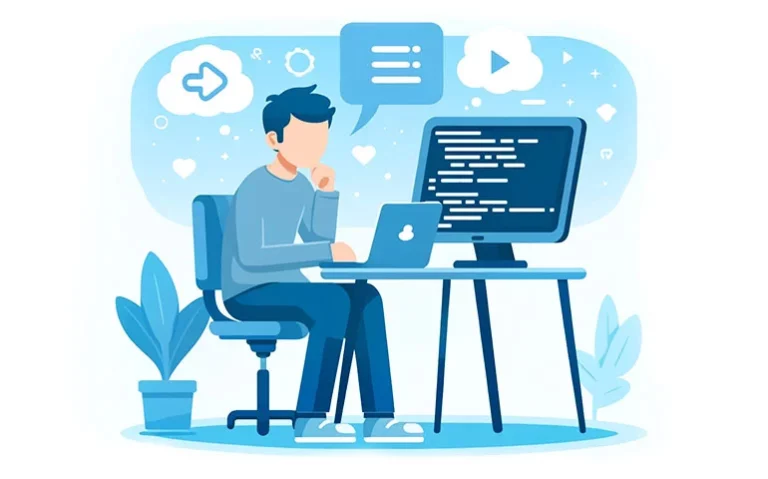
Applying for a Twitter Developer Account
Visit the Twitter Developer platform and register for a developer account. You’ll need to provide a valid reason for needing access to Twitter’s APIs. Your application will be reviewed by the platform to ensure it meets their criteria, a process that can take from several days to a few weeks. Once approved, you’ll have access to the developer dashboard.
Creating a Twitter App and Obtaining API Keys
Create a new app within your developer dashboard. You’ll need to enter specific details about your app, including its name, description, and the URL of its website. Next, go to the ‘Keys and tokens’ section to generate your API keys and tokens, including the Consumer Key, Consumer Secret, Access Token, and Access Token Secret. These are essential for authenticating your bot with Twitter’s API. Make sure to set your app’s permissions to enable both reading from and posting to the platform, as necessary.
Programming the Bot to Automate Liking
Select Python as your programming language, due to its simplicity and the rich libraries available, like Tweepy. If you wish to see a more detailed guide on “How to program a Twitter likes bot?”, you can check this article out. Install Tweepy using the command 'pip install tweepy', which facilitates interacting with the Twitter API. Write the script to search for tweets based on specific hashtags or user interactions, utilizing the streaming API for filtering tweets and the REST API for liking them. Clearly define the conditions under which your bot will favorite tweets to comply with the anti-spam rules. Initially, test it in a controlled environment to adjust its functionality and ensure it complies with its policies.
In addition to these restrictions, the platform requires that bots disclose their automated nature in their profiles. This transparency helps users to distinguish between interactions made by bots and those by humans, aiding them in making informed engagement decisions.
Lastly, Twitter enforces rate limits that restrict the number of favorites, retweets, and replies a bot can perform within a certain timeframe to reduce spam. Using them for sensitive activities like political campaigning or advertising is subject to even stricter regulations to ensure fairness. For operators, maintaining compliance with these guidelines is crucial to avoid penalties, which can range from temporary restrictions to permanent account bans.
Ethical Considerations for Twitter Bots
To responsibly manage bots, it’s essential to design them to mimic human behaviors, such as moderating the pace of their interactions and operating during typical hours to avoid appearing automated. This helps prevent detection and a potential ban.
Ongoing oversight of its activities is crucial to confirm that it acts within the rules and responds appropriately. Monitoring through analytics tools can identify any potentially spammy or harmful behavior, allowing for timely adjustments.
The ethical use of bots is a significant consideration, especially concerning transparency and the risk of disseminating false information. They should be identified as automated to avoid misleading other users.
To safeguard against negative outcomes like spam and misinformation, strict parameters should be set for their activities. This includes capping the number of interactions it can perform and vetting the content it shares.
By prioritizing these practices, developers can use automation tools responsibly, supporting a healthy digital conversation space.
An Easier Alternative: Purchasing Twitter Likes
Purchasing likes, instead of using up all your time to program a single bot, offers a convenient and fast way to boost the visibility of your posts. This method is especially useful for those seeking quick enhancements in engagement. Unlike bots, which can be slow and nerve-racking to create, buying likes provides immediate results, with just a click of a button. Our organic Twitter like services are designed to ensure the effective and safe enhancement of your engagement. By focusing on real interactions that adhere to social media guidelines, our services help you achieve a significant boost in your strategic outcomes without the risks associated with fake engagements. We provide likes from genuine, organic users, ensuring that your growth is sustainable and credible. This approach avoids the common pitfalls of artificial engagement, such as potential penalties, as long as the likes are utilized responsibly and not used to spam users

Conclusion
In this guide, we’ve delved into how Twitter like bots work in enhancing user engagement. Whether you’re setting it up or opting for quicker solutions like purchasing likes, each method provides unique advantages. Creating a likes bot allows for a tailored approach to increase engagement, though it requires understanding Twitter’s regulations to operate effectively without risking penalties. Alternatively, purchasing likes offers a rapid boost in visibility and credibility. It’s important, however, to always consider the ethical implications of these methods, aiming for transparency to maintain the integrity of your social media efforts.
